Camera Shy
If you put a camera in someone’s face, you can learn a lot. I’m not referring to the story that person tells, though their narrative is important. I am referring to the reaction someone has to the very camera. While filming for our class project and with the Rethink students, I have experienced the distrust that accompanies the introduction of the camera. For one of the projects, this has meant an obfuscation of negative aspects of the changing Freret St. Neighborhood. At Dibert Middle School, it meant hyper-vigilance on the part of teachers and administrators “checking-out” exactly what our group was doing. As a member of a community of color, I was not surprised by the apprehension and distrust that a camera introduces. Rather, I expected it. The camera has been used as an instrument against people of color so often in history. Most recently, this was seen with the media portrayals of New Orleanians during Hurricane Katrina. However, I was surprised by the paranoia and distrust that came from the institutions, whether schools, businesses, or community- building organizations. I usually associate distrust with media with corporations with something to hide however, in New Orleans, a city so marked by outsider’s portrayals, everyone is aware of their media image and representation. With so many negative portrayals of New Orleans and its institutions, many of these schools, organizations, and businesses are concerned with creating a lasting positive image. In a society over-saturated with media, a person with a camera in their hand is indeed very dangerous.
By Ariel Guidry
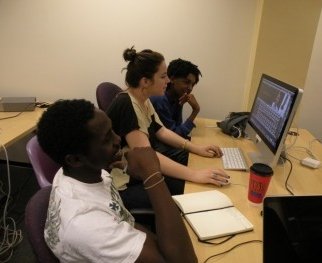 You can’t get to the bottom of New Orleans. The more I find out about this
city, the more I realize how little I know. From student life at Tulane to working
at a local bakery to engaging with local high school students, each facet…
You can’t get to the bottom of New Orleans. The more I find out about this
city, the more I realize how little I know. From student life at Tulane to working
at a local bakery to engaging with local high school students, each facet… 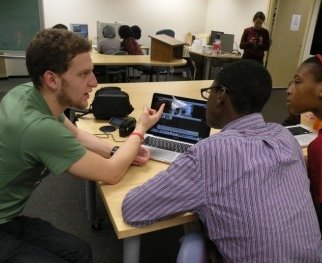 When I signed up for place-based storytelling, I thought I was signing up for some
regular class where we would learn how to tell stories about New Orleans. I assumed
we would write some stories and film them and that would be it. What I…
When I signed up for place-based storytelling, I thought I was signing up for some
regular class where we would learn how to tell stories about New Orleans. I assumed
we would write some stories and film them and that would be it. What I… 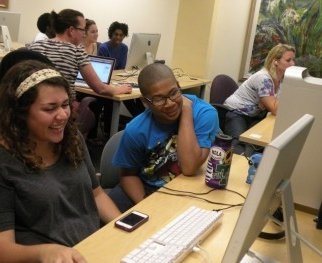 It is truly bizarre how much your view of a place can change over time. I have only
lived in New Orleans for a little over a year now, and it is unbelievable how this
place is the same one I daydreamed about in high…
It is truly bizarre how much your view of a place can change over time. I have only
lived in New Orleans for a little over a year now, and it is unbelievable how this
place is the same one I daydreamed about in high… 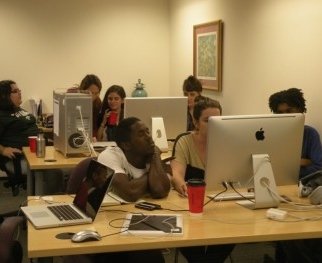 After living in New Orleans for two years, I thought I knew a lot about the city.
Obviously not everything, but the important stuff: the difference between Cajun and
Creole, the meaning of Fais Do-Do, how to sort of dance Zydeco and which
neighborhoods you…
After living in New Orleans for two years, I thought I knew a lot about the city.
Obviously not everything, but the important stuff: the difference between Cajun and
Creole, the meaning of Fais Do-Do, how to sort of dance Zydeco and which
neighborhoods you… 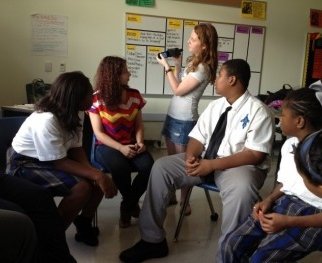 I am the only one in the class who is a native of New Orleans, which puts me in an
interesting
position to reflect on what this video project has taught me about the city. How can
I be taught
something new about my city…
I am the only one in the class who is a native of New Orleans, which puts me in an
interesting
position to reflect on what this video project has taught me about the city. How can
I be taught
something new about my city… 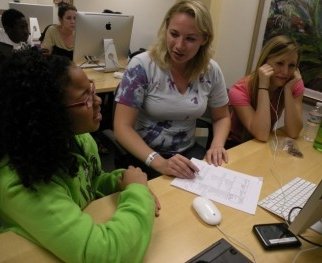 I’m so sorry.
It seems strange to begin this journal entry that way, but it was the first thing
that came to mind. I’m so sorry, New Orleans. I have lived here for almost
four years; I have claimed to love you. But I didn’t…
I’m so sorry.
It seems strange to begin this journal entry that way, but it was the first thing
that came to mind. I’m so sorry, New Orleans. I have lived here for almost
four years; I have claimed to love you. But I didn’t…  Place-based Story Telling was a rewarding experience because it gave me the
chance to connect to classmates in a way I hadn’t before. I transferred to
Tulane
during my Sophomore year of college because I was determined to move to New
Orleans. Tulane was the…
Place-based Story Telling was a rewarding experience because it gave me the
chance to connect to classmates in a way I hadn’t before. I transferred to
Tulane
during my Sophomore year of college because I was determined to move to New
Orleans. Tulane was the…  I had an idea of what this class was going to be about when I registered, but I
didn’t realize how much of an impact it would have on me in the course of the
semester.
The only time I’ve really worked with kids in…
I had an idea of what this class was going to be about when I registered, but I
didn’t realize how much of an impact it would have on me in the course of the
semester.
The only time I’ve really worked with kids in…  New Orleans has much more of a filmic quality and community than I originally
realized. Yes, the culturally literate (culturally pretentious ?) dub New Orleans
the “new Hollywood,” but there are so many people involved in film and
media that actually live and work here…
New Orleans has much more of a filmic quality and community than I originally
realized. Yes, the culturally literate (culturally pretentious ?) dub New Orleans
the “new Hollywood,” but there are so many people involved in film and
media that actually live and work here…